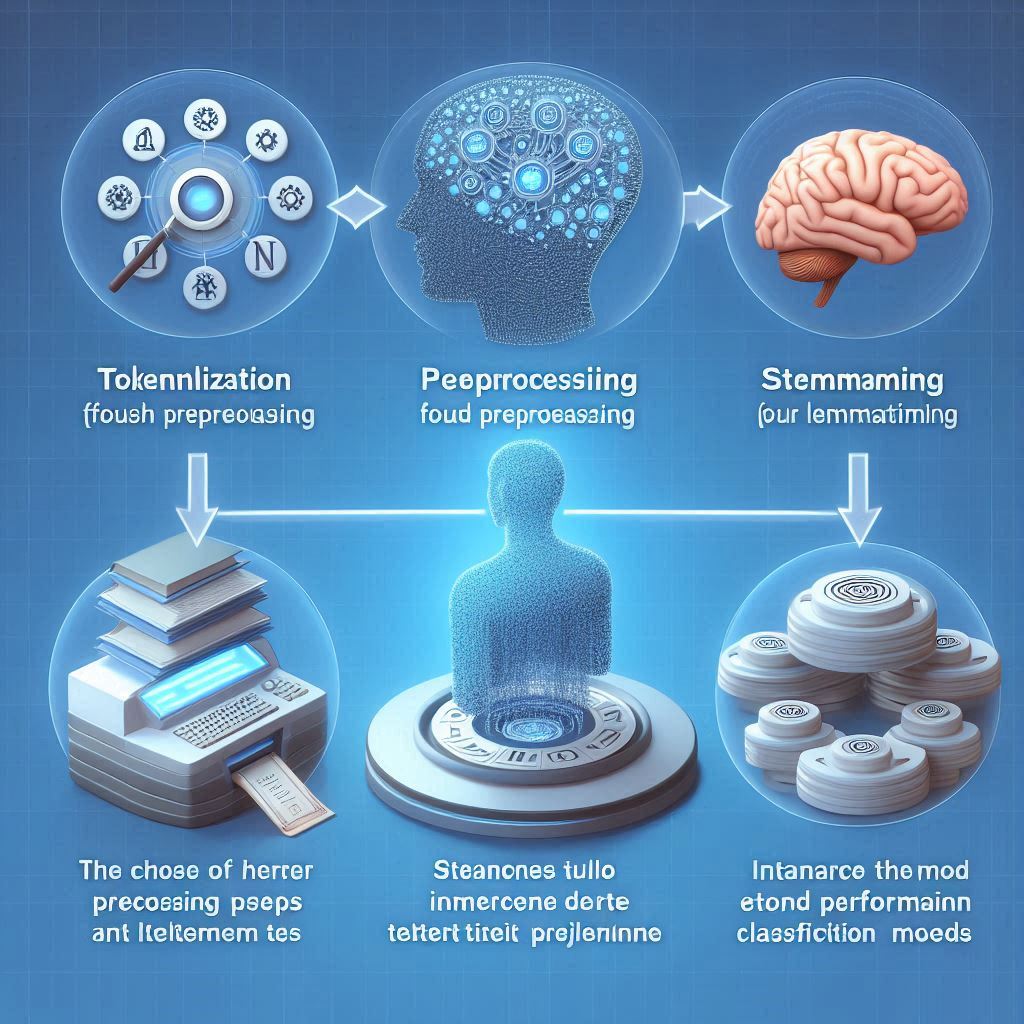AI-Powered Writing
As technology continues to advance, the role of artificial intelligence (AI) in content creation is becoming increasingly prevalent. AI-powered writing tools, such as the groundbreaking GPT-3, are revolutionizing the way we optimize content. By leveraging the power of natural language processing, these tools can help businesses create high-quality content that resonates with their target audience. In this article, we will explore the benefits of AI in content creation, how GPT-3 works, and best practices for implementing it.
What is GPT-3?
GPT-3, or Generative Pre-trained Transformer 3, is an advanced language model developed by OpenAI. It is one of the largest and most powerful language models to date, boasting over 175 billion parameters. GPT-3 is capable of generating human-like text, completing sentences, and even creating entire articles from scratch. It can also understand and respond to natural language queries, making it a valuable tool for content optimization.
Benefits of AI in Content Creation
AI-powered writing tools offer several benefits for content creation. Firstly, they can save time and resources by automating tasks such as research and content creation. This allows businesses to focus on other important areas of their operations. Secondly, AI can help optimize content for SEO by analyzing keywords and generating relevant content. Additionally, AI-powered writing can improve the quality of content by providing suggestions for language and tone.
How GPT-3 Works
GPT-3 works by analyzing large amounts of text and using this data to generate new content. It uses a technique called unsupervised learning, which means it can learn from data without being explicitly programmed. This allows it to generate text that is similar to human writing. GPT-3 can also be fine-tuned for specific tasks, such as writing product descriptions or social media posts.
GPT-3 vs. Traditional Writing
While traditional writing involves a human author creating content from scratch, GPT-3 uses machine learning to generate content automatically. This means that GPT-3 can create large amounts of content quickly and efficiently, while traditional writing can be time-consuming and require significant resources. However, traditional writing offers the benefit of human creativity and intuition, which can be difficult to replicate with AI-powered writing tools.
Use Cases for GPT-3 in Content Optimization
GPT-3 can be used for a variety of content optimization tasks, such as generating blog posts, creating social media content, and writing product descriptions. It can also be used to improve the quality of existing content by suggesting improvements to language, tone, and structure. Additionally, GPT-3 can help businesses optimize their content for SEO by analyzing keywords and generating relevant content.
Challenges with AI-Powered Writing
While AI-powered writing offers many benefits, there are also several challenges to consider. One of the main challenges is the potential for bias in the data used to train the model. This can lead to biased or inaccurate content. Additionally, there is a risk that AI-generated content may lack the creativity and nuance of human writing.
Best Practices for Implementing GPT-3
To get the most out of GPT-3, it is important to follow best practices for implementation. This includes providing clear guidelines for the type of content to be generated, fine-tuning the model for specific tasks, and reviewing the output for accuracy and quality. It is also important to consider ethical considerations, such as the potential for bias in the data used to train the model.
Ethical Considerations in AI-Generated Content
As with any technology, there are ethical considerations to be aware of when using AI-powered writing tools. One of the main concerns is the potential for bias in the data used to train the model. This can lead to biased or inaccurate content, which can have negative consequences for businesses and their customers. Additionally, there is a risk that AI-generated content may lack the creativity and nuance of human writing.
Future of AI-Powered Writing
The future of AI-powered writing is bright, with new technologies and advancements being developed all the time. As AI continues to improve, it is likely that we will see even more sophisticated language models that can generate more human-like content. Additionally, AI-powered writing tools may become even more integrated into the content creation process, making it easier and more efficient to create high-quality content.
Leveraging GPT-3 for Content Success
AI-powered writing tools such as GPT-3 offer many benefits for content creation and optimization. By automating tasks such as research and content creation, businesses can save time and resources while improving the quality of their content. However, it is important to follow best practices for implementation and consider ethical considerations such as bias in the data used to train the model. With the continued development of AI-powered writing tools, the future of content creation looks bright.












